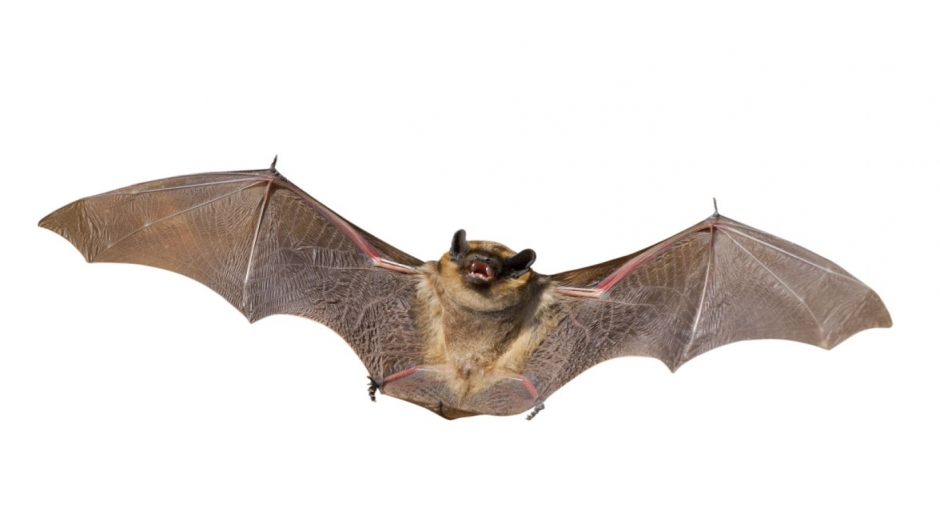
Bats

Thomas McAdam
iLocalNews Louisville is your best source of news and information about Derby City.
- Professional Journalist
Bats appear frequently in so many Halloween decorations because many people view them as spooky or scary. That’s a shame, because bats are truly amazing animals that are frequently misunderstood.
In the spirit of the season, we checked with the good folks over at Kentucky’s Department of Fish and Wildlife, who were able to provide us with a treasure trove of information about the little critters.
To help educate people about bats, federal agencies partnered with private conservation organizations to designate Oct. 25-31 as National Bat Week.
Why should people care about these creatures? Anyone who’s ever swatted a mosquito on the back of their neck can appreciate that a single little brown bat can eat 1,000 insects in a single hour. Bats are the major predator of night flying insects; farmers save billions of dollars on pest control each year and can use far fewer insecticides because bats are on the job.
How can bats catch so many tiny insects in the dark? They have a built-in kind of radar that helps them “see” when it’s pitch black.
Bats use echolocation to navigate and find food in the darkness. They emit sound waves that bounce off of objects in their path. By listening to the sound wave echoes from objects in their path, bats can tell how big an insect is and what direction it is moving. Their echolocation is so fine-tuned that they can detect objects as thin as a human hair.
While a bat many resemble a mouse with wings, they are not rodents. In fact, they are more closely related to primates. Bats are the slowest reproducing mammals for their size on earth and typically have only one pup each year. The oldest known bat lived for at least 41 years.
Worldwide, there are more than 1,000 species of bats. Fifteen of these species call Kentucky home. Despite their widespread distribution, however, bat populations are becoming increasingly threatened.
White-nose syndrome, a disease named after the characteristic white fungus that grows on the muzzles, ears and wings of infected bats, has killed more than 5.7 million bats in eastern North America. The disease was first detected in New York in 2006, and was confirmed in Kentucky during the winter of 2011. This cold-loving fungus causes bats to rouse from hibernation during the cold winter months when there is no food available.
People can encourage bats to roost nearby – and provide these animals a safe place to raise their young – by building a bat house. The house can be mounted on a pole or underneath a house eve that is exposed to the sun.
For more information about bats and how to build a bat house, go online to www.batconservation.org.